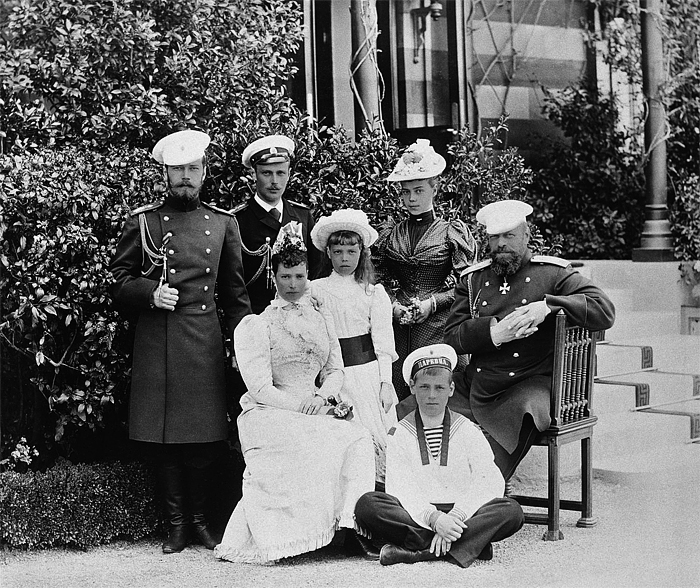
|
https://www.foreignaffairs.com/ September/October 2017 Issue
Russia in Revolution: An Empire in Crisis, 1890 to 1928; by S.A. Smith, Helen Rappaport, Edited By Tony Brenton, Reviewed by Robert Legvold
The centenary of the 1917 Russian Revolution has brought forth a number of excellent new histories, including these three, which differ from one another in striking ways but all feature superb insight into one of the last century’s turning points. Smith’s book is the most comprehensive of the three. Indeed, in many respects, it is the most expansive history of the 1917 revolution available. Smith traces the revolution in detail, as well as its prelude and aftermath. Every step of the way, he draws in the many different elements of the period—not just the political tumult but also the changing character of Russian society, economic developments, cultural trends, and the impact of a turbulent international context. Throughout, Smith fairly and intelligently arbitrates the great debates among historians over how to interpret the revolution. Were readers to look for one book to read on the subject, this should be it. Rappaport’s account takes a very different tack. Hers is an almost day-by-day, street-level portrait of life amid the violence, disorder, and drama during and between the revolutions of February and October 1917 (which are together referred to as the Russian Revolution). She constructs her story out of hundreds of eyewitness accounts by foreigners who found themselves in Russia’s capital—either by choice or because they were trapped when the paths of escape closed. They included British volunteer nurses, American socialites on goodwill missions, and journalists, bankers, businessmen, and diplomats from many countries. Their diaries and correspondence represent a treasure-trove that Rappaport deftly mines. Her book transports the reader into the melee, conveying what it felt like to be in surging crowds of striking workers as a Cossack cavalry charged, sabers drawn; to take cover as machine guns blazed atop buildings; to witness infuriated mobs turn on the police; to experience the sharp contrast between the uninterrupted extravagance of the privileged few and the exploding misery of most others as the war’s costs mounted; and to observe overheated workers’ meetings and quarrelsome government sessions alongside the British writer W. Somerset Maugham, who was living in Petrograd and working as a spy for the United Kingdom. But what if none of those things had ever happened at all? Brenton assembles a team of premier historians to wrestle with the twists of fate that might have averted the Bolshevik Revolution or altered its subsequent course. They examine 14 such moments, stretching from the assassination of Russian Prime Minister Pyotr Stolypin in September 1911 to the radical surge in the Bolshevik regime’s ruthlessness in 1922. Dominic Lieven tackles the counterfactual likelihood that, had it not been for the onset of World War I, foreign powers, particularly Germany, would have intervened to strangle the revolution. Richard Pipes untangles the confusion surrounding the “Kornilov affair,” the abortive August 1917 military coup that, he argues, “made the Bolshevik seizure of power all but inevitable.” Erik Landis wonders whether, had the Bolshevik regime heeded Leon Trotsky’s plea to cease grain requisitioning in 1920, rather than a year later, the massive violence that ensued might have been avoided. Counterfactual history is always contentious, but this book embodies the genre’s best qualities.
|